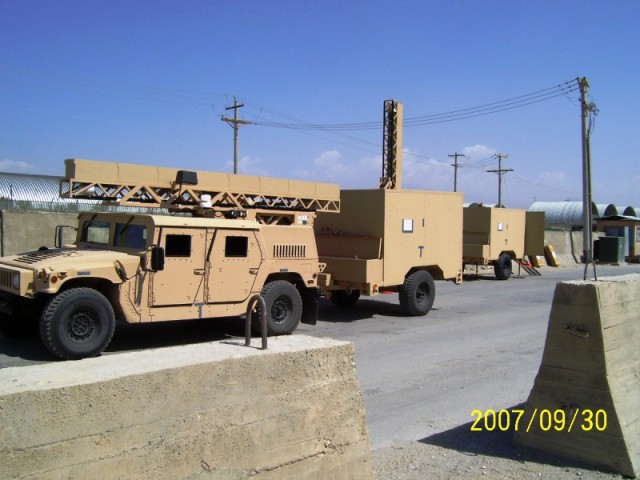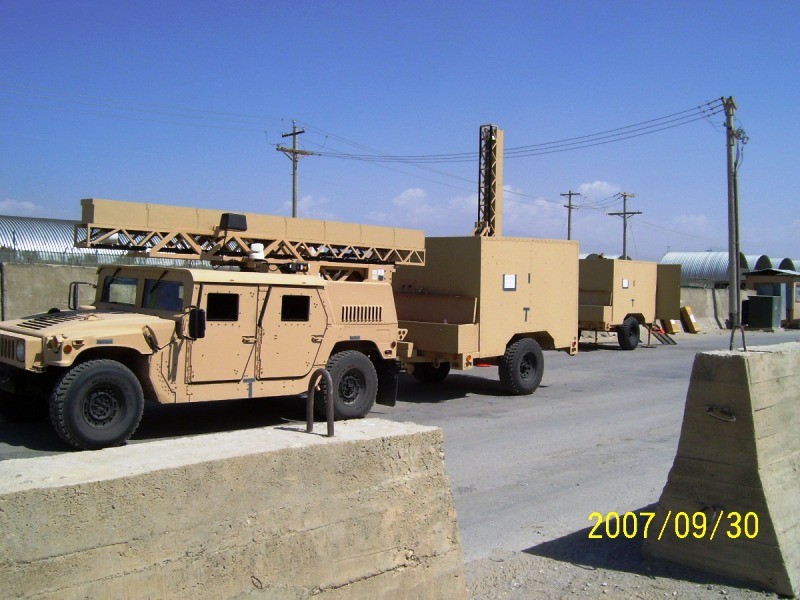The U.S. Army is stepping up delivery of high-tech checkpoint
detection systems in support of the Afghanistan surge as a way to better
search at Forward Operating Bases (FOB) entry control points and other
key locations for bomb-making materials, weapons, contraband and other
kinds of threat-related activities, service officials said.
The Army is sending hundreds more Non-Intrusive Inspection Systems
(NIIS) to Afghanistan -- mobile scanning technologies of varying sizes
and weights which can be stationary or vehicle mounted, said Maj. Gregg
Spencer, assistant product manager, NIIS.
"Generally they are used at checkpoints. We tend to use them at entry
control points to look for contraband coming on the FOB and look for
bombs inside a vehicle. In some cases they can be used at traffic
control points to do some interdiction," said Spencer. "The NIIS is a
family of systems that uses different technologies. Some use gamma rays,
some use X-rays and some can use millimeter waves to non-intrusively
inspect the interior of vehicles and inspect what is on a person without
touching him or her."
While much of the results of what the systems uncover is not available
to the public, the arrival of the systems is a welcome sight for troops
in theater, Spencer said.
"We do know that when the first systems arrived at Bagram airfield
everybody was cheering. The war fighter feels more confident when we
have these systems," he said.
The NIIS increase unit efficiency by reducing the need for manpower at
checkpoints, said Lt. Col. James Choung, product manager, NIIS.
"NIIS is a force multiplier; it strengthens the protection capability
of personnel and equipment while minimizing manpower requirements for
vehicles, cargo and personnel inspections at FOB entry control points
and border crossing points," Choung said.


Social Sharing